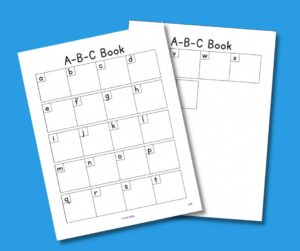More Comprehension Activities
Remember, in Gough and Tunmer’s Simple View of Reading, reading comprehension is the product of word recognition and language comprehension. The focus on struggling and emergent readers should be on those two factors. Comprehension can be worked on when teachers read literature to children. As children become fluent readers, teachers can transition into reading comprehension. These activities can be done during oral language comprehension or reading comprehension.
Tableau
Tableau is where your students must create a “snapshot” of a specific section of a reading passage. For instance, think of the famous memorial that represents Hiro Jima. It’s a statue of soldiers holding up the American Flag. In this still image, a story is being told.
Tableau works the same way. Students work together in groups to display a “snapshot” or “statues” of a certain part of a story so that it tells a story. As the teacher, you can take their picture and display their “statue stories” on a bulletin board. You can have them do this for several different sections of the story and show them in sequential order. The “snapshots” should tell the story. It’s a bit like acting out a scene, but there is no movement. They are simply statues or becoming a picture. A picture is worth a thousand words.
ABC Book
Comprehension is the ultimate goal of reading. However, comprehension can sometimes feel tedious to students. Here is a fun, quick way to check for comprehension. It’s IMSE’s ABC Book
- Select any topic, book title, or even chapter in a book.
- Have students choose one word for each letter of the alphabet that represents that topic, book, or chapter.
- Students can work with a partner, group, or independently.
- Teachers can give “points” for words that hold more depth.

Be sure to visit our Pinterest page for more comprehension ideas! Do you have an idea you’d like to share? Let us know!
